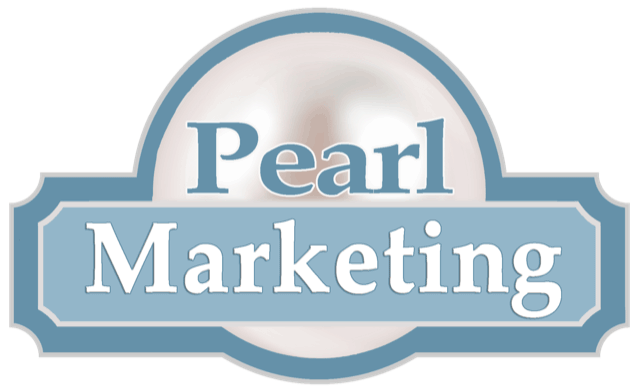You have planned the perfect campaign for your brand. Your newsletter is sent, your Facebook Ads are hitting your targeted audience, your video is posted on YouTube, and SEO Keywords are in Google Adwords. Hooray!
What now?
The next step is to analyze how much of an impact your campaign made. How do you know your marketing efforts paid off? Did I gain more business and customers? Did my conversion rate increase? What kind of numbers determine if I made an impact?
In this blog, we will dive into how to track your success and how to plan a stellar campaign with proven results.

Setting SMART Goals
Before measuring success, brands must brainstorm ideas and set goals. This process helps a team focus and push them to be better.
To make grounding goals, think of the acronym S.M.A.R.T.
- Specific – Do set real numbers with real deadlines. Don’t say, “I want more visitors.”
- Measurable – Do make sure that you can track your goal. Don’t hide behind buzzwords like “brand engagement” or “social influence.”
- Attainable – Do work toward a goal that is challenging but possible. Don’t try to take over the world in one night.
- Realistic – Do be honest with yourself, because you know what you and your team are capable of. Don’t forget any hurdles you may have to overcome.
- Time-Bound -Do be honest with yourself, because you know what you and your team are capable of. Don’t forget any hurdles you may have to overcome.
How To Measure Success!
In these next sections, we will layout tips on whether your marketing campaigns are paying off. When you are pitching your campaign to your audience, you should analyze the Bounce Rate, Organic Traffic Searches, Landing Pages, and Conversions. These four tools will help you determine your success and how to move forward!
Bounce Rate

Bounce Rate is the percentage of visitors to a particular website who navigate away from the site after viewing only one page. This stat can easily be ignored, but it is important to know if your content is reaching the audience and how long they stay on your website or blog.
Many sites have a bounce rate of 45 to 50 percent. Anything under 40 percent is considered a win. Though a high bounce rate may be negative, it can also be a positive. A visitor may receive all the information they need in a single page of your website or blog. Use discretion on whether your content is reaching your audience.
Organic Traffic Searches

Almost everyone who has access to the internet is asking questions or searching for some answers on search engines. These queries could potentially bring people to your content–but are Google and Bing actually throwing any love your way?
You’ll get your answer by looking at the number of people who arrive at your site through organic search. Just as with bounce rate, you must monitor your numbers growing through organic searches. If you do not see steady growth, you may need to re-strategize your website or content to ensure that they’re fully optimized for search engines.
Click-Through Landing Pages

Whether visitors on your site arrive through organic search, a Facebook referral, or an email link, you’re ultimately going to want to guide them from the content into a sales-focused environment.
One way to achieve this is to weave contextual links to relevant e-commerce or landing pages right into your content. Customers are more engaged by, and more likely to interact with content that contains helpful information about your brand. You can see just how effectively your blog as a whole or individual articles is driving to e-commerce or other landing pages by setting up a custom segment in your analytics program. If you’re not seeing a lot of clicks from your content into e-com, you may need to reevaluate how you’re integrating brand mentions in your content.
Blogging to E-Commerce Conversions

When a viewer lands on your e-commerce page, are they making purchases?
You can set up your analytics to track the path that readers take once they enter your blog, and learn about their buying habits. You can see exactly how many purchases were influenced by the blog, the average amount purchased per transaction, and how much total revenue that part of the site generated.
Don’t be discouraged if your customer didn’t buy your product during the conversion period. They may return tomorrow, a week, or a month to buy your good or service!
Sources





















